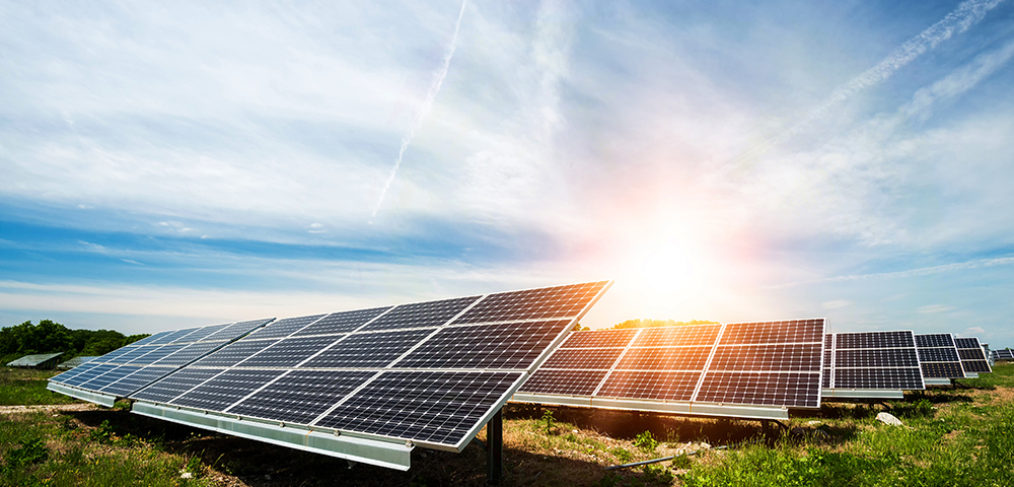Climate change has been a hot topic recently. More people are seeing it impact their daily lives, and school-age protestors like Greta Thunberg who are concerned for their future have kept it in the news. The UN Climate Summit in September ended with a clear lack of commitments from the world leaders most responsible for global carbon output. While it is easy to become frustrated with the slow pace of change, more and more people are taking action as individuals and at the local level to fight climate change.
A recent article by The New York Times drew attention to community solar as a relatively new and easy way we can make a big impact: “Between half and three-quarters of Americans, according to a report from Wood Mackenzie, can’t install solar panels for various reasons: They rent, their roof is shaded, or they can’t afford it. If you can’t, or don’t want to, install solar panels, there are other options to support solar energy. One is to participate in a community solar project… Most people see savings of about 10 percent to 15 percent on their electric bills, said Jeff Cramer, executive director of the Coalition for Community Solar Access. And, unlike with rooftop solar, there’s no upfront cost.”
Most people have not heard about community solar, and many are skeptical it could actually exist. The article addresses this as well: “Sound too good to be true? The catch is that community solar is still in its infancy. While most states have at least one project online, only 19 states and the District of Columbia have enacted community solar legislation, and a smaller number have statewide programs up and running. In total, Mr. Cramer estimated that fewer than 10 percent of Americans have access to community solar.”
Massachusetts is one of those 19 states. It has had community solar available for a few years now, and with the state’s new SMART legislation more community solar will be coming online within the next year.
—
See how you can help Fight Climate Change locally by joining a Community Solar Farm.
Ready to go Community Solar?
See if Community Solar is available in your area and schedule an appointment.
SCHEDULE YOUR FREE PHONE CONSULTATION










